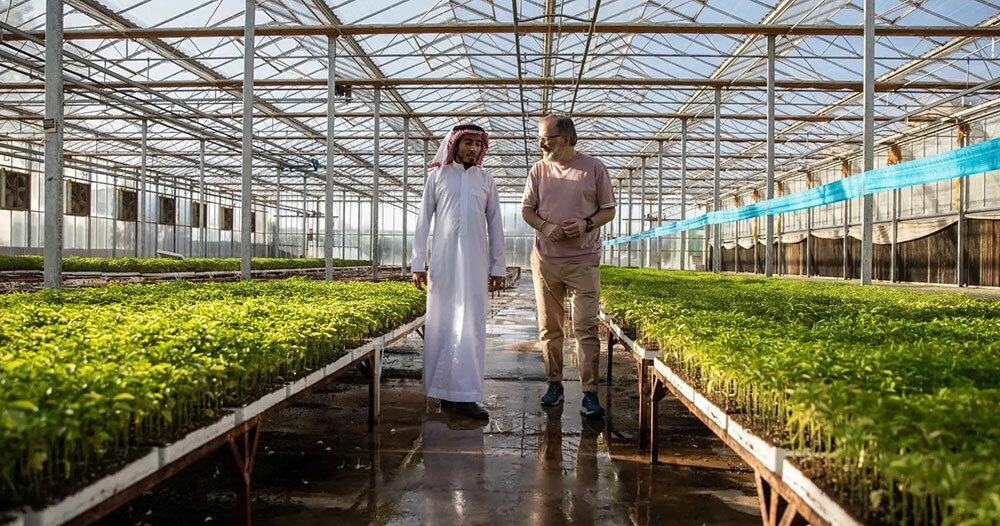Customized to Excellence: Monarch Custom Greenhouse Utah Workmanship
Wiki Article
Greenhouse Design: Developing an Eco-Friendly Growing Area
Are you curious about producing an environment-friendly expanding space? Discover how to design a greenhouse that makes the most of natural light, conserves water, and incorporates eco-friendly power sources. By choosing sustainable products and implementing energy-efficient heating and cooling systems, you can create a greenhouse that is both efficient and eco conscious. Discover the crucial elements of greenhouse layout that will assist you develop a lasting and flourishing expanding area.Picking Sustainable Materials
When developing your green greenhouse, prioritize sustainability by thoroughly selecting products that are environmentally-friendly and promote power efficiency. One of one of the most vital elements of developing a green greenhouse is choosing sustainable materials. By choosing for products that have a minimal effect on the setting, you can reduce your carbon impact and add to a much more lasting future.Begin by taking into consideration the products made use of for the structure of your greenhouse. Seek options such as sustainably collected wood or recycled materials. These selections not only minimize the need for new resources however likewise protect against waste from winding up in garbage dumps. In addition, take into consideration making use of products that have a high thermal mass, such as rock or concrete, as they can assist control the temperature inside the greenhouse, reducing the requirement for extreme heating or air conditioning.
An additional essential aspect to think about is the glazing product for your greenhouse. Select materials that offer outstanding insulation residential or commercial properties, such as double- or triple-pane glass or polycarbonate panels. These materials can aid trap warmth inside the greenhouse, lowering the amount of energy required for home heating throughout chillier months.
Additionally, when picking materials for the interior of your greenhouse, choose sustainable options such as bamboo or redeemed timber for shelving and benches. These materials are not just long lasting but also advertise the liable use resources.
Making Best Use Of All-natural Light
To make best use of natural light in your green greenhouse, focus on the calculated positioning of windows and skylights to maximize sunshine direct exposure throughout the day. When making a decision on the placement of windows, consider the path of the sunlight throughout the day and how it will certainly influence the different areas of your greenhouse.Skylights are another efficient means to take full advantage of natural light. They allow sunshine to enter from above, providing an added resource of light for your plants. When setting up skylights, consider their size and setting. Bigger skylights will certainly enable extra light to go into, but make sure they are not also huge that they create too much warm or glare. Setting them in locations where they can supply direct sunlight to your plants without casting shadows on other areas.
Implementing Energy-Efficient Cooling And Heating Equipments
To better improve the power effectiveness of your green greenhouse, take into consideration applying energy-efficient home heating and cooling down systems. These systems play an essential duty in preserving optimal temperature and humidity degrees for your plants, while lessening energy usage and reducing your greenhouse's carbon impact.
For cooling, consider executing a mix of natural ventilation and energy-efficient cooling systems. Natural air flow can be achieved through using vents, windows, and sidewall drapes. This enables for the exchange of fresh air and aids manage the temperature level inside the greenhouse. To better boost cooling, take into consideration installing energy-efficient cooling systems such as evaporative air conditioning pads or misting systems. These systems use less energy compared to standard cooling units and can properly reduce the temperature level inside the greenhouse (Monarch Greenhouse construction Utah).
Water Preservation Methods
To additionally boost the energy performance of your green greenhouse and continue lowering its environmental influence, it is crucial to execute efficient water scotts lawn builder preservation methods. Water is a precious source, and with the best strategies, you can decrease your greenhouse's water intake while still supplying ideal conditions for your plants.One way to conserve water is by using a drip watering system. Additionally, mounting a rain harvesting system can assist record and keep rain for later usage in your greenhouse.
Another method is to mulch your plants. Including a layer of organic product around the base of your plants assists retain wetness in the soil, minimizing the requirement for regular watering. In addition, think about using a water-efficient potting mix that maintains wetness while still offering ample water drainage.
Finally, monitor your greenhouse's water use frequently. By monitoring how much water you are making use of, you can identify locations for enhancement and make essential modifications.
Incorporating Renewable Resource Resources

Conclusion
Finally, by implementing sustainable products, optimizing natural light, utilizing energy-efficient home heating and cooling systems, practicing water preservation methods, and integrating renewable resource resources, you can develop an eco-friendly greenhouse design. This will certainly not just benefit the environment however also advertise lasting and healthy and balanced plant development. Go in advance and make a positive effect on the world by designing an environmentally friendly expanding space.When developing your environment-friendly greenhouse, focus on sustainability by thoroughly picking products that are environmentally-friendly and advertise power performance. These materials can assist trap warm inside the greenhouse, reducing the quantity of power required for home heating throughout colder months.
These systems use less energy compared to standard air conditioning units and can efficiently reduce the temperature inside the greenhouse.
You can incorporate renewable energy resources into your greenhouse style to make it much more lasting and environment-friendly.In conclusion, by applying sustainable products, taking full advantage of natural light, making use of energy-efficient home heating and cooling down systems, exercising water preservation techniques, and incorporating eco-friendly power resources, you can develop a green greenhouse design.
Report this wiki page